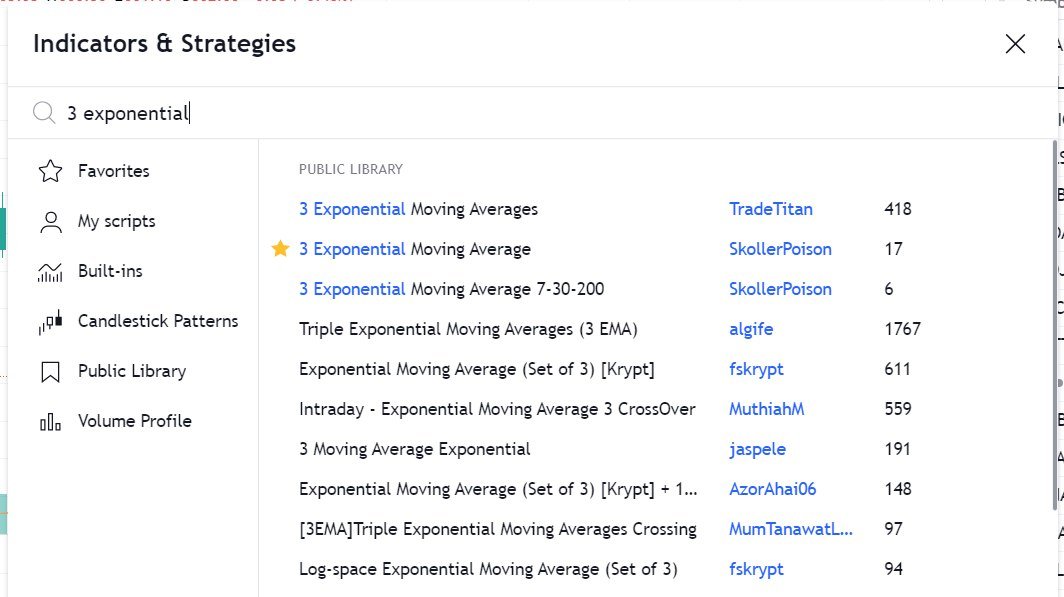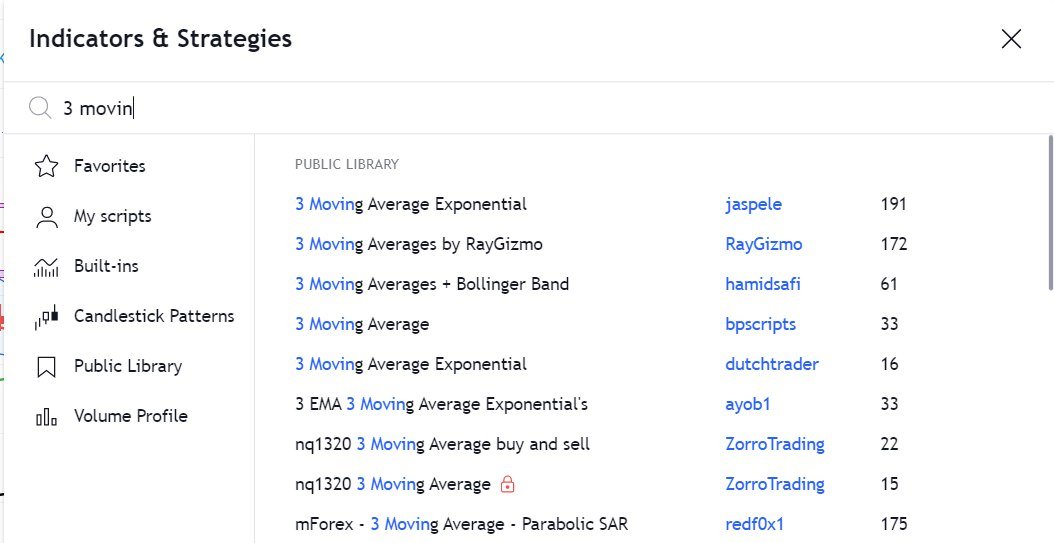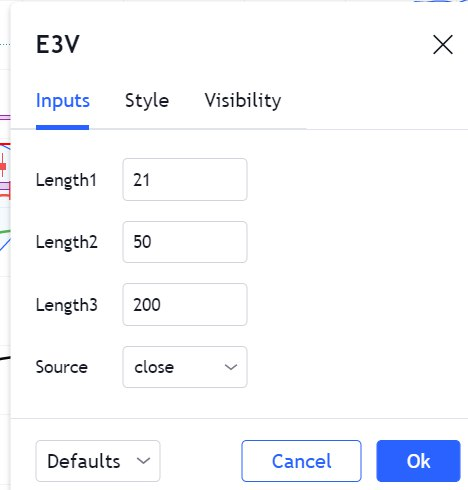
What is the art of Position Sizing ?
A thread 📖
A part of Risk Management that could make or break your trading career
RETWEET SHARE !
@kuttrapali26 @AmitabhJha3
1/n
A thread 📖
A part of Risk Management that could make or break your trading career
RETWEET SHARE !
@kuttrapali26 @AmitabhJha3
1/n
POSITION SIZING :
In simple Language how much Percentage of your Portfolio you should invest in a particular Script .
This is very important factor that changes your returns drastically .
Let us see how .
2/n
In simple Language how much Percentage of your Portfolio you should invest in a particular Script .
This is very important factor that changes your returns drastically .
Let us see how .
2/n
There are rules to be followed
Either Fix Risk per Trade
Or Capital Allocation
(%of your whole capital)
3/n
Either Fix Risk per Trade
Or Capital Allocation
(%of your whole capital)
3/n
Let's take an example
WHEN RISK PER TRADE IS FIXED :
TOTAL CAPITAL = 1,00,000 Rs
RISK PER TRADE = 0.5% OF TOTAL CAPITAL
(this could vary from 1-2%)
RISK PER TRADE = 500 Rs
Now stock Price = 100
Stop loss = 96 Rs
Risk per single Stock = 4 Rs
Total Risk per Trade = 500
4/n
WHEN RISK PER TRADE IS FIXED :
TOTAL CAPITAL = 1,00,000 Rs
RISK PER TRADE = 0.5% OF TOTAL CAPITAL
(this could vary from 1-2%)
RISK PER TRADE = 500 Rs
Now stock Price = 100
Stop loss = 96 Rs
Risk per single Stock = 4 Rs
Total Risk per Trade = 500
4/n

QUANTITY = RISK PER TRADE/ RISK PER SINGLE STOCK
Quantity = 500/4 = 125
In this case Now Capital allocation is
125×100 = 12500
In such Cases your capital allocation
Will keep on changing for every traded depending upon your stopnloss % of that particular stock
5/n
Quantity = 500/4 = 125
In this case Now Capital allocation is
125×100 = 12500
In such Cases your capital allocation
Will keep on changing for every traded depending upon your stopnloss % of that particular stock
5/n
WHEN CAPITAL ALLOCATION IS FIXED :
General Stock Allocation = 7%
No of Stocks to hold max = 12
Cash to Be held Everytime = 15%
(General Rule , you can change according to your risk)
Now stock Price = 100
Stop loss = 96 Rs
Risk per single Stock = 4 Rs
7000÷100 = 70 Qty
6/n
General Stock Allocation = 7%
No of Stocks to hold max = 12
Cash to Be held Everytime = 15%
(General Rule , you can change according to your risk)
Now stock Price = 100
Stop loss = 96 Rs
Risk per single Stock = 4 Rs
7000÷100 = 70 Qty
6/n
In this case you loose max
70×4 = 280 Rs
During Capital Allocation fixation
The stop loss amount keep on changing depending upon the particular stock.
You can make fix Rule of max 10% stop loss per trade to keep losses minimum.
7/n
70×4 = 280 Rs
During Capital Allocation fixation
The stop loss amount keep on changing depending upon the particular stock.
You can make fix Rule of max 10% stop loss per trade to keep losses minimum.
7/n
Working On ideal Position Sizing Is important
Why?
10% Move and 10% Position moves your Pf up 1%
10% Move And 20% Position moves Your Pf up 2%
10% Move and 2% Positon
Moves your Pf 0.4%
Moves are not Important
Correct Pf allocation is Imp
Dont overleverage/underbuy
8
Why?
10% Move and 10% Position moves your Pf up 1%
10% Move And 20% Position moves Your Pf up 2%
10% Move and 2% Positon
Moves your Pf 0.4%
Moves are not Important
Correct Pf allocation is Imp
Dont overleverage/underbuy
8
2 golden rules of trading -
1. You cant be right all the time. Only markets & God can be.
2. Even if you are right 50% of the time, you can still win if you follow right risk reward & position sizing
9/n
1. You cant be right all the time. Only markets & God can be.
2. Even if you are right 50% of the time, you can still win if you follow right risk reward & position sizing
9/n
Either fix RISK PER TRADE or CAPITAL ALLOCATION
ALWAYS CHECK HOW MUCH AMOUNT OF MONEY YOU WILL LOOSE IF STOP LOSS HITS
FIRST CHECK MAXIMUM LOSS , PROFITS COME AFTERWARDS !
10/n
@AmitabhJha3 @rohanshah619 @StocksNerd
ALWAYS CHECK HOW MUCH AMOUNT OF MONEY YOU WILL LOOSE IF STOP LOSS HITS
FIRST CHECK MAXIMUM LOSS , PROFITS COME AFTERWARDS !
10/n
@AmitabhJha3 @rohanshah619 @StocksNerd
For more such information join telegram
t.me/Techno_charts
t.me/Techno_charts
• • •
Missing some Tweet in this thread? You can try to
force a refresh










